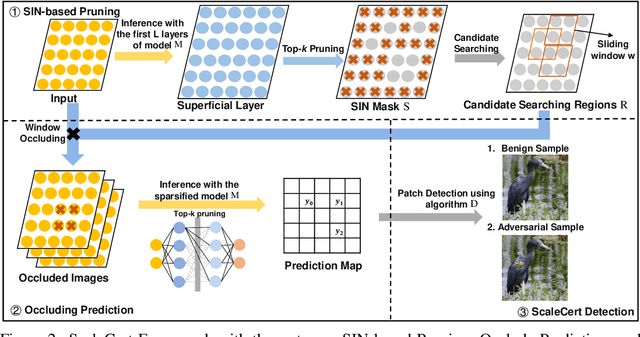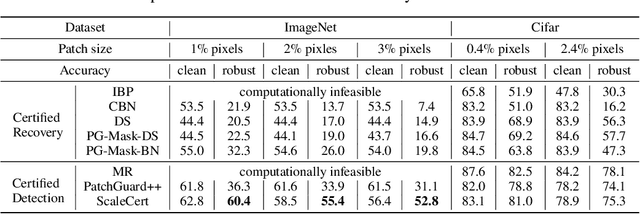Xiaobing Chen
Enhancing Time Series Forecasting via Multi-Level Text Alignment with LLMs
Apr 10, 2025Abstract:The adaptation of large language models (LLMs) to time series forecasting poses unique challenges, as time series data is continuous in nature, while LLMs operate on discrete tokens. Despite the success of LLMs in natural language processing (NLP) and other structured domains, aligning time series data with language-based representations while maintaining both predictive accuracy and interpretability remains a significant hurdle. Existing methods have attempted to reprogram time series data into text-based forms, but these often fall short in delivering meaningful, interpretable results. In this paper, we propose a multi-level text alignment framework for time series forecasting using LLMs that not only improves prediction accuracy but also enhances the interpretability of time series representations. Our method decomposes time series into trend, seasonal, and residual components, which are then reprogrammed into component-specific text representations. We introduce a multi-level alignment mechanism, where component-specific embeddings are aligned with pre-trained word tokens, enabling more interpretable forecasts. Experiments on multiple datasets demonstrate that our method outperforms state-of-the-art models in accuracy while providing good interpretability.
DualGFL: Federated Learning with a Dual-Level Coalition-Auction Game
Dec 20, 2024Abstract:Despite some promising results in federated learning using game-theoretical methods, most existing studies mainly employ a one-level game in either a cooperative or competitive environment, failing to capture the complex dynamics among participants in practice. To address this issue, we propose DualGFL, a novel Federated Learning framework with a Dual-level Game in cooperative-competitive environments. DualGFL includes a lower-level hedonic game where clients form coalitions and an upper-level multi-attribute auction game where coalitions bid for training participation. At the lower-level DualGFL, we introduce a new auction-aware utility function and propose a Pareto-optimal partitioning algorithm to find a Pareto-optimal partition based on clients' preference profiles. At the upper-level DualGFL, we formulate a multi-attribute auction game with resource constraints and derive equilibrium bids to maximize coalitions' winning probabilities and profits. A greedy algorithm is proposed to maximize the utility of the central server. Extensive experiments on real-world datasets demonstrate DualGFL's effectiveness in improving both server utility and client utility.
ScaleCert: Scalable Certified Defense against Adversarial Patches with Sparse Superficial Layers
Nov 04, 2021



Abstract:Adversarial patch attacks that craft the pixels in a confined region of the input images show their powerful attack effectiveness in physical environments even with noises or deformations. Existing certified defenses towards adversarial patch attacks work well on small images like MNIST and CIFAR-10 datasets, but achieve very poor certified accuracy on higher-resolution images like ImageNet. It is urgent to design both robust and effective defenses against such a practical and harmful attack in industry-level larger images. In this work, we propose the certified defense methodology that achieves high provable robustness for high-resolution images and largely improves the practicality for real adoption of the certified defense. The basic insight of our work is that the adversarial patch intends to leverage localized superficial important neurons (SIN) to manipulate the prediction results. Hence, we leverage the SIN-based DNN compression techniques to significantly improve the certified accuracy, by reducing the adversarial region searching overhead and filtering the prediction noises. Our experimental results show that the certified accuracy is increased from 36.3% (the state-of-the-art certified detection) to 60.4% on the ImageNet dataset, largely pushing the certified defenses for practical use.
Pinpointing the Memory Behaviors of DNN Training
Apr 01, 2021



Abstract:The training of deep neural networks (DNNs) is usually memory-hungry due to the limited device memory capacity of DNN accelerators. Characterizing the memory behaviors of DNN training is critical to optimize the device memory pressures. In this work, we pinpoint the memory behaviors of each device memory block of GPU during training by instrumenting the memory allocators of the runtime system. Our results show that the memory access patterns of device memory blocks are stable and follow an iterative fashion. These observations are useful for the future optimization of memory-efficient training from the perspective of raw memory access patterns.
 Add to Chrome
Add to Chrome Add to Firefox
Add to Firefox Add to Edge
Add to Edge